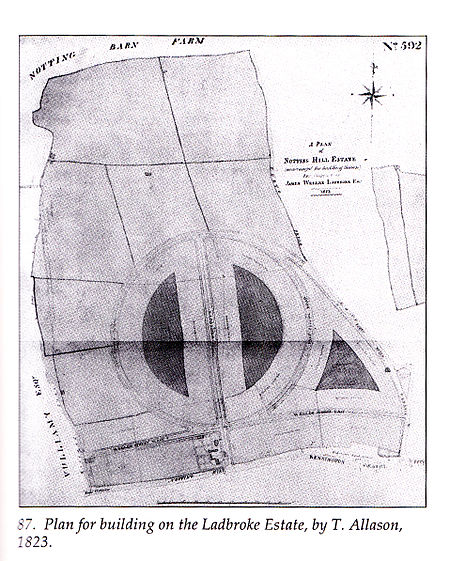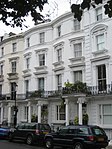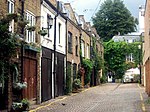Ladbroke Estate
Districts of the Royal Borough of Kensington and ChelseaHistory of the Royal Borough of Kensington and ChelseaHousing estates in LondonLadbroke GroveNotting Hill

The Ladbroke Estate was a substantial estate of land owned by the Ladbroke family in Notting Hill, London, England, in the early 19th century that was gradually developed and turned into housing during the middle years of the century, as London expanded. Characterized by terraces of stuccoed brick houses backing onto large private garden squares, much of the original building remains intact today, and now forms the heart of one of London's most expensive and fashionable neighbourhoods.
Excerpt from the Wikipedia article Ladbroke Estate (License: CC BY-SA 3.0, Authors, Images).Ladbroke Estate
Ladbroke Gardens, London Notting Hill (Royal Borough of Kensington and Chelsea)
Geographical coordinates (GPS) Address Nearby Places Show on map
Geographical coordinates (GPS)
| Latitude | Longitude |
|---|---|
| N 51.5126 ° | E -0.2065 ° |
Address
Ladbroke Gardens 1
W11 2PX London, Notting Hill (Royal Borough of Kensington and Chelsea)
England, United Kingdom
Open on Google Maps











